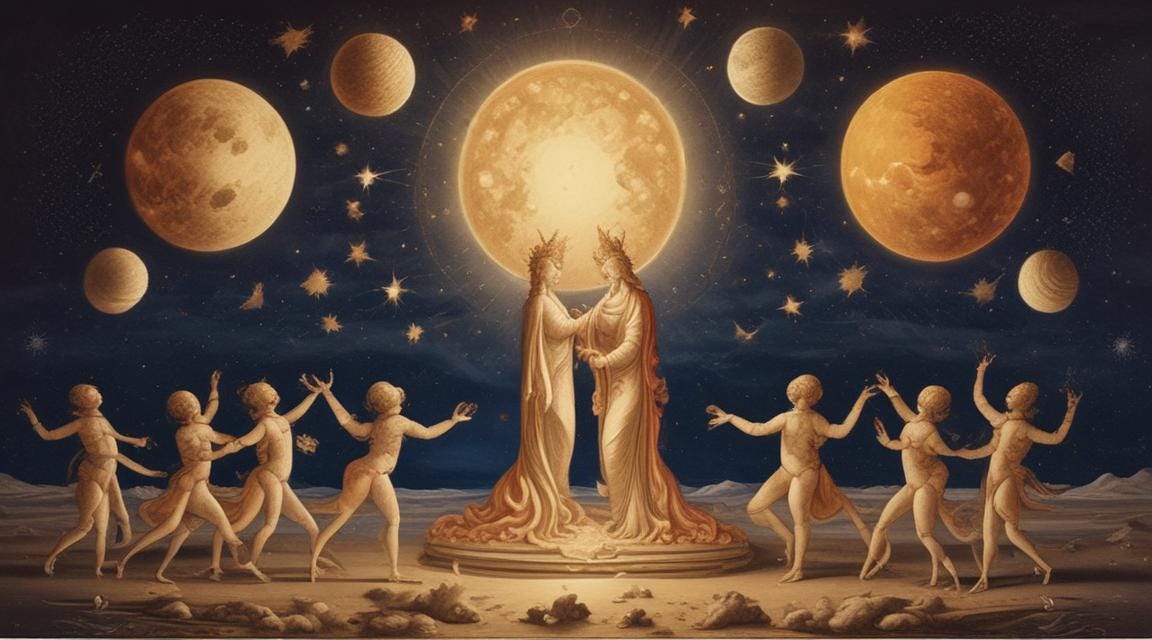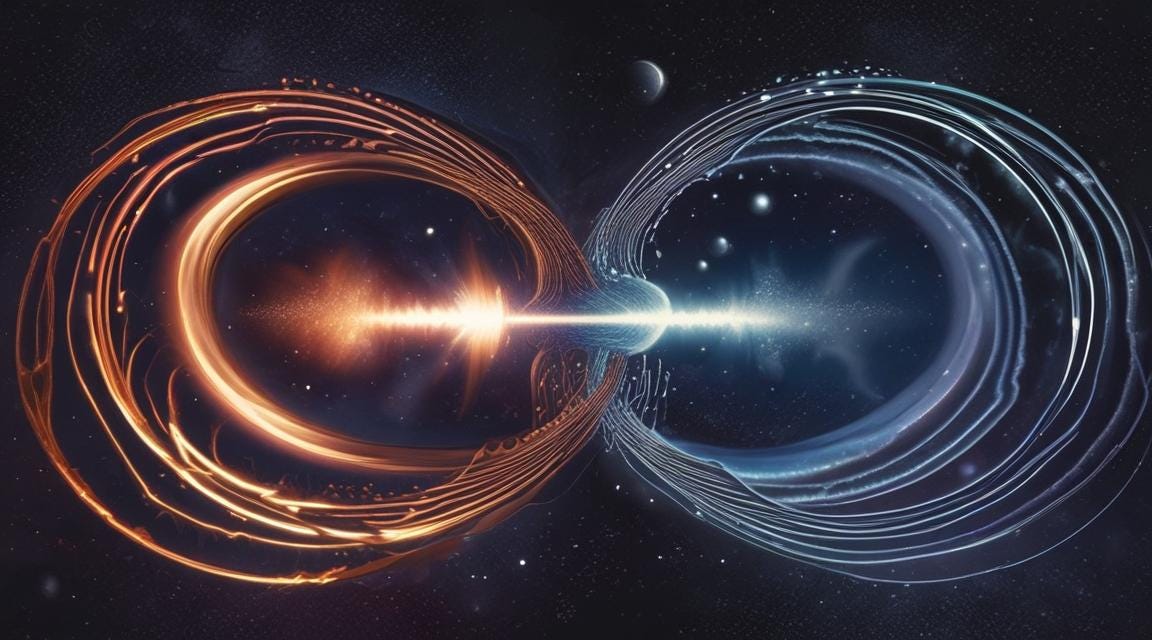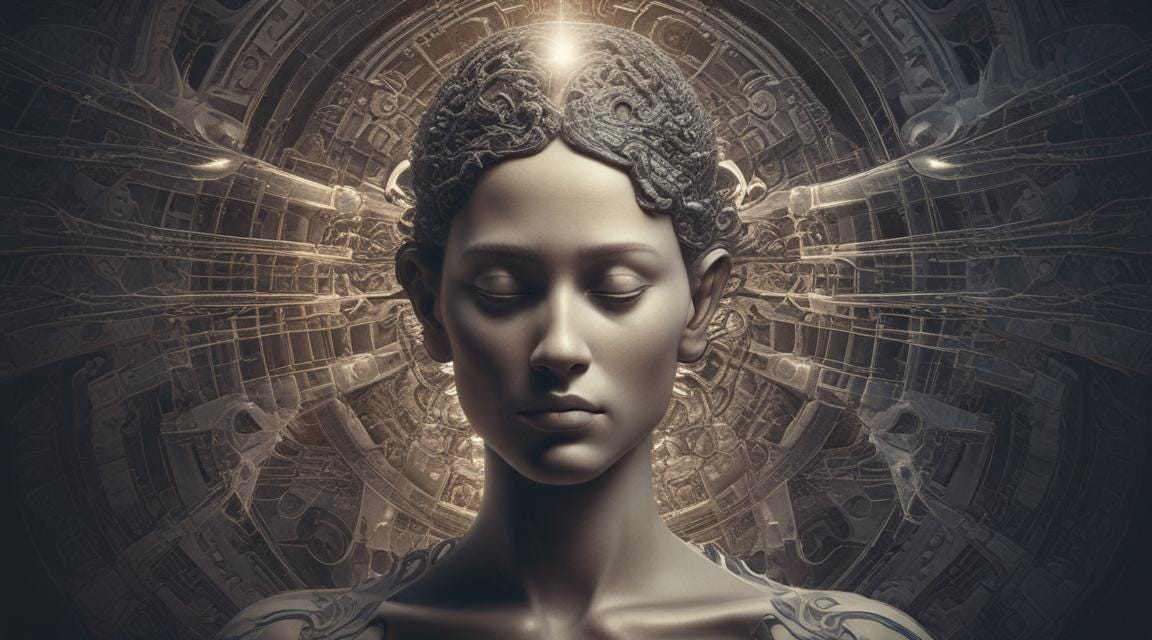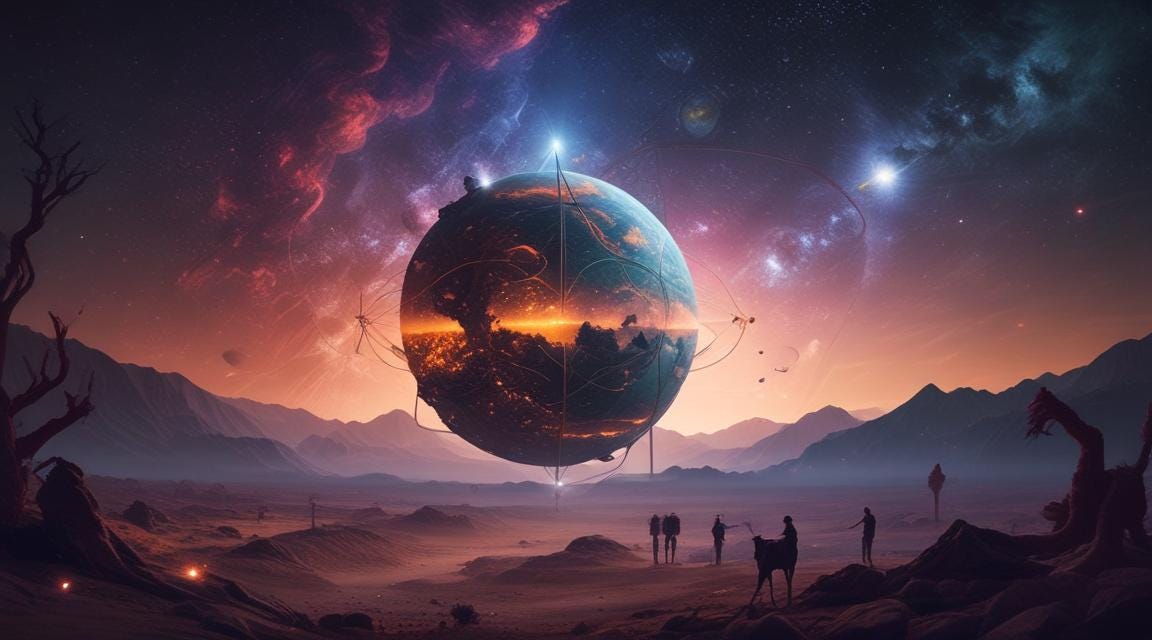The universe, in its vast expanse, holds mysteries that continue to elude human comprehension. It is a realm of unseen forces and undefined power, a canvas of cosmic artistry that both inspires awe and fuels the fires of scientific inquiry. In this exploration, we will delve into the depths of this unseen and undefined power, seeking to uncover the hidden mechanisms that govern the universe and shape our existence.
The Dance of Celestial Bodies
From the graceful orbits of planets to the fiery bursts of distant supernovae, the universe is a stage for a mesmerizing dance of celestial bodies. These celestial dancers, governed by the laws of gravity, move in intricate patterns, each playing a vital role in the grand cosmic symphony.
The unseen force of gravity, described by Einstein's theory of general relativity, acts as the choreographer of this celestial dance. It weaves together the fabric of spacetime, guiding the trajectories of planets, stars, and galaxies. While we cannot directly see gravity, its effects are evident in the orbits of planets around their stars, the formation of galaxies, and the very structure of the universe itself.
The Quantum Realm
At the subatomic level, we enter the enigmatic realm of quantum mechanics, where the familiar laws of physics seem to bend and twist. Here, particles exist in a state of superposition, simultaneously occupying multiple states until observed. They can also become entangled, their properties inextricably linked even when separated by vast distances.
The unseen power of quantum mechanics manifests in phenomena such as quantum tunneling, where particles can pass through seemingly impenetrable barriers. It also plays a crucial role in the behavior of atoms and molecules, the building blocks of matter. Understanding the quantum realm is essential for unraveling the mysteries of the universe and harnessing its potential for technological advancements.
Dark Matter and Dark Energy
The universe is not only composed of the matter we can see. In fact, visible matter accounts for only a small fraction of the total mass and energy content of the universe. The rest is composed of dark matter and dark energy, two mysterious substances that have yet to be directly observed.
Dark matter, as its name suggests, does not interact with light. Its existence is inferred from its gravitational effects on visible matter, such as the rotation of galaxies and the bending of light from distant objects. Dark energy, on the other hand, is thought to be responsible for the accelerated expansion of the universe.
While we cannot directly see dark matter and dark energy, their influence is undeniable. They play a crucial role in the evolution of the universe, shaping its structure and destiny. Understanding their nature is one of the most pressing challenges in modern cosmology.
The Cosmic Microwave Background
The cosmic microwave background (CMB) is a faint afterglow of the Big Bang, the cataclysmic event that is believed to have given birth to the universe. It is a relic of the early universe, a snapshot of the cosmos when it was just 380,000 years old.
The CMB is a treasure trove of information about the early universe. It reveals the universe's composition, its age, and its rate of expansion. It also provides clues about the nature of dark matter and dark energy. Studying the CMB has revolutionized our understanding of the universe and its evolution.
The Multiverse Hypothesis
In recent years, the concept of a multiverse has gained traction among physicists and cosmologists. This hypothesis suggests that our universe is just one of many, perhaps an infinite number, of universes. Each universe may have different physical laws and constants.
The multiverse hypothesis is a bold and speculative idea, but it is not without theoretical support. It arises naturally from some models of cosmic inflation, the rapid expansion of the universe in its earliest moments. While the existence of the multiverse remains unproven, it offers a tantalizing glimpse into the possibility of a much larger and more complex cosmos than we have ever imagined.
The Power of Human Consciousness
While the universe is governed by physical laws, there is a growing body of evidence suggesting that human consciousness may play a role in shaping our reality. This is a complex and controversial topic, but it is one that deserves careful consideration.
Studies in quantum mechanics have shown that the act of observation can influence the behavior of particles. Some researchers have even proposed that consciousness may be a fundamental aspect of the universe, a force that interacts with matter and energy.
The power of human consciousness is a concept that has been explored in various spiritual and philosophical traditions. It is also a topic of ongoing research in fields such as neuroscience and psychology. While the exact nature of consciousness and its role in the universe remain open questions, it is clear that our minds have the power to shape our perceptions, experiences, and even our physical health.
Conclusion
The universe is a realm of unseen forces and undefined power, a canvas of cosmic artistry that continues to inspire awe and wonder. From the celestial dance of planets to the enigmatic realm of quantum mechanics, from the dark matter and dark energy that shape the cosmos to the power of human consciousness, there is much that we have yet to understand about the universe.
As we continue to explore the depths of the cosmos, we may uncover new mysteries and challenges that will further expand our knowledge and understanding. The universe is a vast and ever-changing landscape, and our journey of discovery is just beginning. By embracing the unknown and embracing the undefined, we can unlock the secrets of the universe and unlock the full potential of human consciousness.












Great imagery and stunning insight - you're travelling at light speed. A keeper.